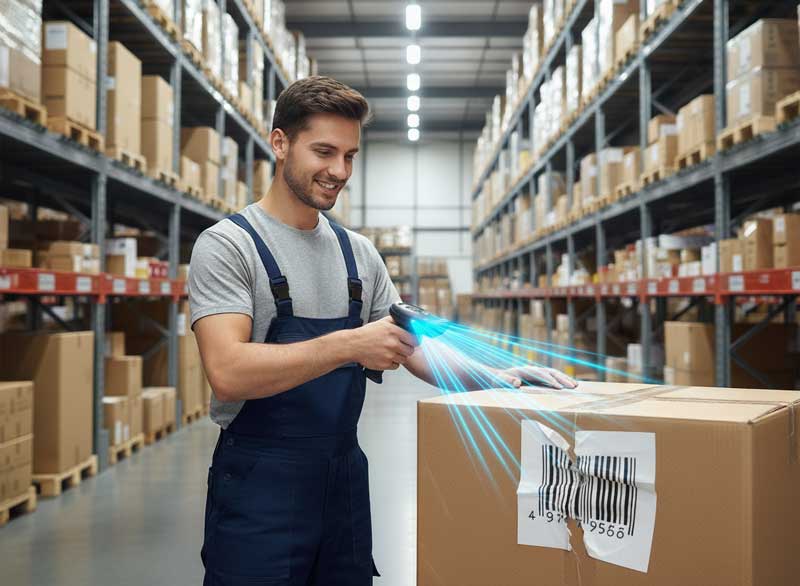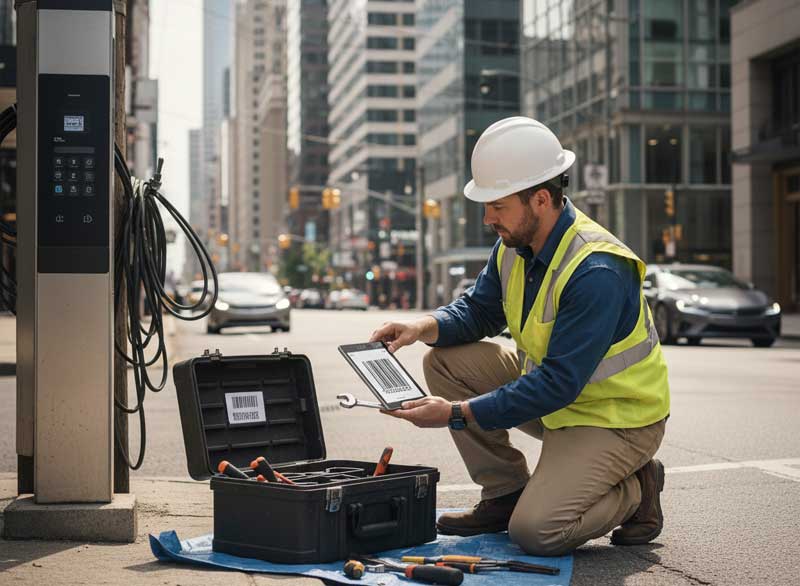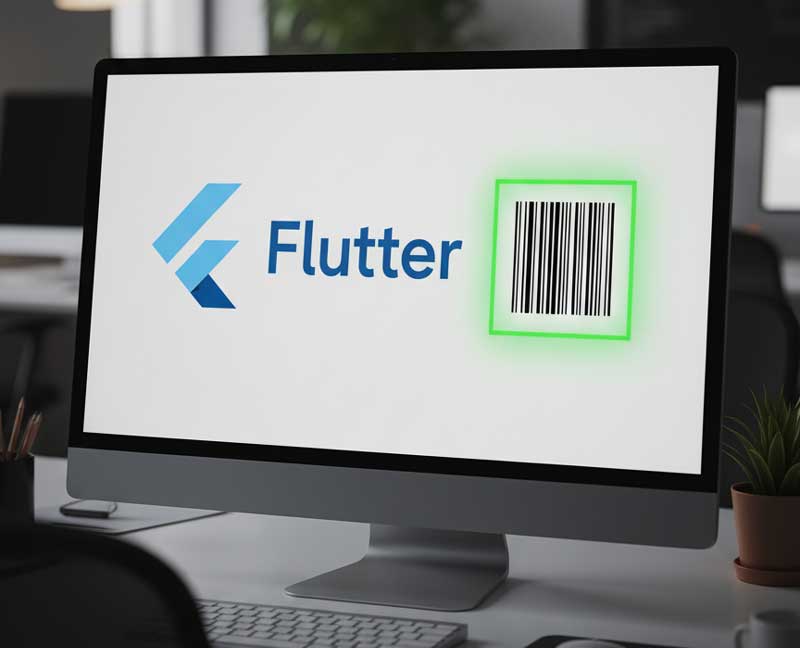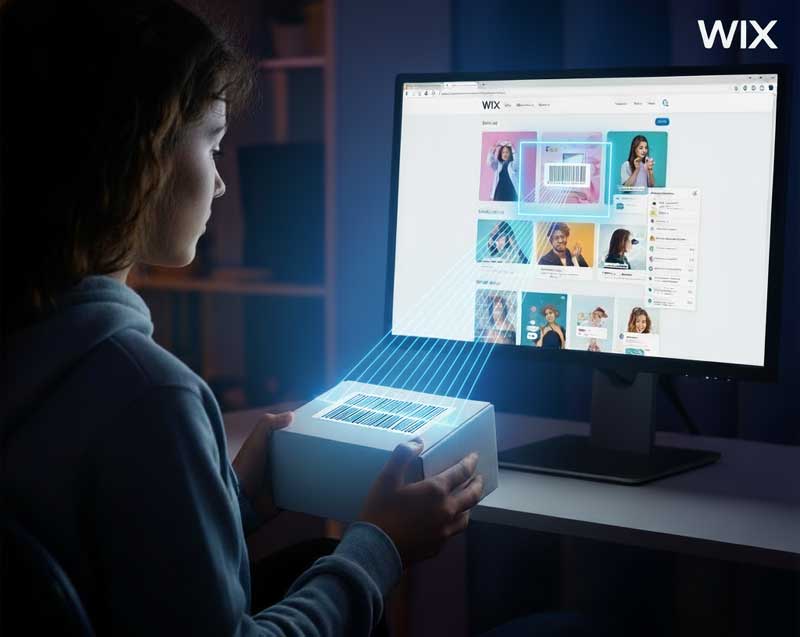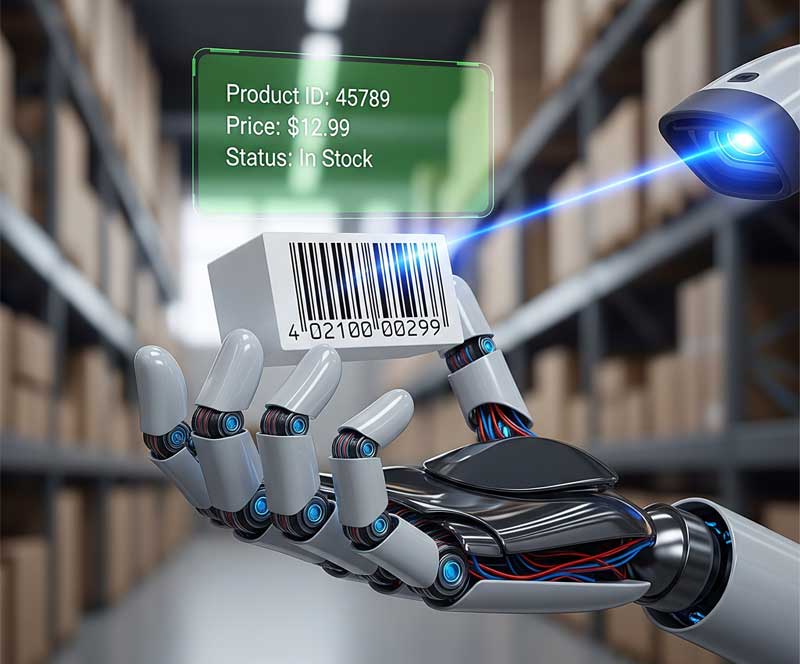
Witness the future of barcode scanning, AI-driven recognition, overlay, and improved mobile scanning. Barcoding is perhaps the most dependable, practical, and widespread AIDC (automatic identification and data capture) method for identifying, tracking, and capturing data. When it comes to retailing and logistics to healthcare and manufacturing—these symbols are still used throughout industry sectors and offer practical ways to do business and to beat out the competition. But while digital transformation is accelerating, barcoding is also evolving from within. Several trends are already emerging today for the next era of barcode technology in 2025.
AI-Powered Barcode Recognition
Traditional barcode scanners are limited to pattern matching. Now, artificial intelligence (AI) is getting all over what scanners can do. Regardless of the label form and the aspect of readability, AI recognition engines also can read codes that are damaged, blurred, or partially covered and would be ignored by older algorithms. However, in practice, such applications could exist in industries if the label is dirty, scraped, etc. AI is driving forward the detection of multi-barcode plus multi-code scanning per frame at high speeds. Working alongside machine learning, these devices learn and improve their performance over time, ensuring quick and accurate scanning in a wide range of settings.
Mobile Scanning Becomes Standard
In the evolving age of barcode readers, smartphones are leading the parade. Camera quality has become better, and software has begun to eat the world when it comes to decoding, and mobile scanning is no longer just a convenience but a commonplace tool in industries as varied as retail, delivery, and healthcare. Pressured by business to embrace bring-your-own-device (BYOD) policies, the issue is exacerbated by workers using their personal phones to capture the scan. Newly developed technologies such as QR Code Model 1/2, which is an advanced format, Data Matrix, and GS1 Digital Link, which is a transitional force connecting the world of online and physical products, can now be read by mobile scanning applications.
Use of 2D Barcodes and GS1 Digital Link
While 1D barcodes are still prevalent in use, 2D ones are becoming more popular. And they can contain much more — including URLs, lot numbers, expiration dates, and serial numbers. Retailers, manufacturers, and regulators are introducing a standard called GS1 Digital Link that links, via the internet, product packaging directly to online data sources. That doesn’t stop at product engagement for consumers. At its most basic, scanning a code can expose the nutritional details behind what you’re buying, but it can also tell you if it’s authentic, and how sustainably it was made. For businesses, that means more ability to trace where food came from and to conform to new regulations.
Barcode + IoT Integration
As the Internet of Things (IoT) expands, the barcode is merging with RFID, NFC, and sensor hardware. A hybrid system allows companies to keep an eye on assets visually (with barcodes) and wirelessly (tagging them). It’s this layered approach that manages to strike the happy medium of keeping costs down whilst adding a little more to the functionality of barcodes as we head towards our IoB future.
Sustainability and Eco-Friendly Labeling
In a world where environmental protection is increasingly in the limelight, companies are now questioning the way barcodes are printed and attached. Seek direct-to-package marking, so products need fewer rolls of labels. Eco Lincoln Marking ink and laser marking systems are used more and more in industries looking to minimize waste and ensure the longevity of legible markings.
Cloud and Edge Processing
Barcode technology has moved from the front of the plant to the cloud, where data can be captured, processed, and analyzed in the cloud—such as around a global operation—in real time. And, at the same time, the edge compute makes sure that critical barcode reading can happen even offline with the results synced once connectivity is available again. It’s a hybrid model — it combines velocity, speed, resilience, and scalability for the modern supply chain.
The barcodes in 2025 are a world of innovation, flexibility, and consolidation. Enhanced by AI and mobile-first scanning, barcodes are transforming to perfectly align with the shape of digital transformation. Far from dying out, barcodes are becoming more intelligent, more useful, and more networked into the larger world of technology. For businesses, the bottom line is straightforward: these are the trends you’ll need to stay ahead of in order to succeed in efficiency, compliance, and customer engagement.
Ready to get started?
Barcode Reader SDK Barcode Scanner for Web Site BarcodeTools.com

